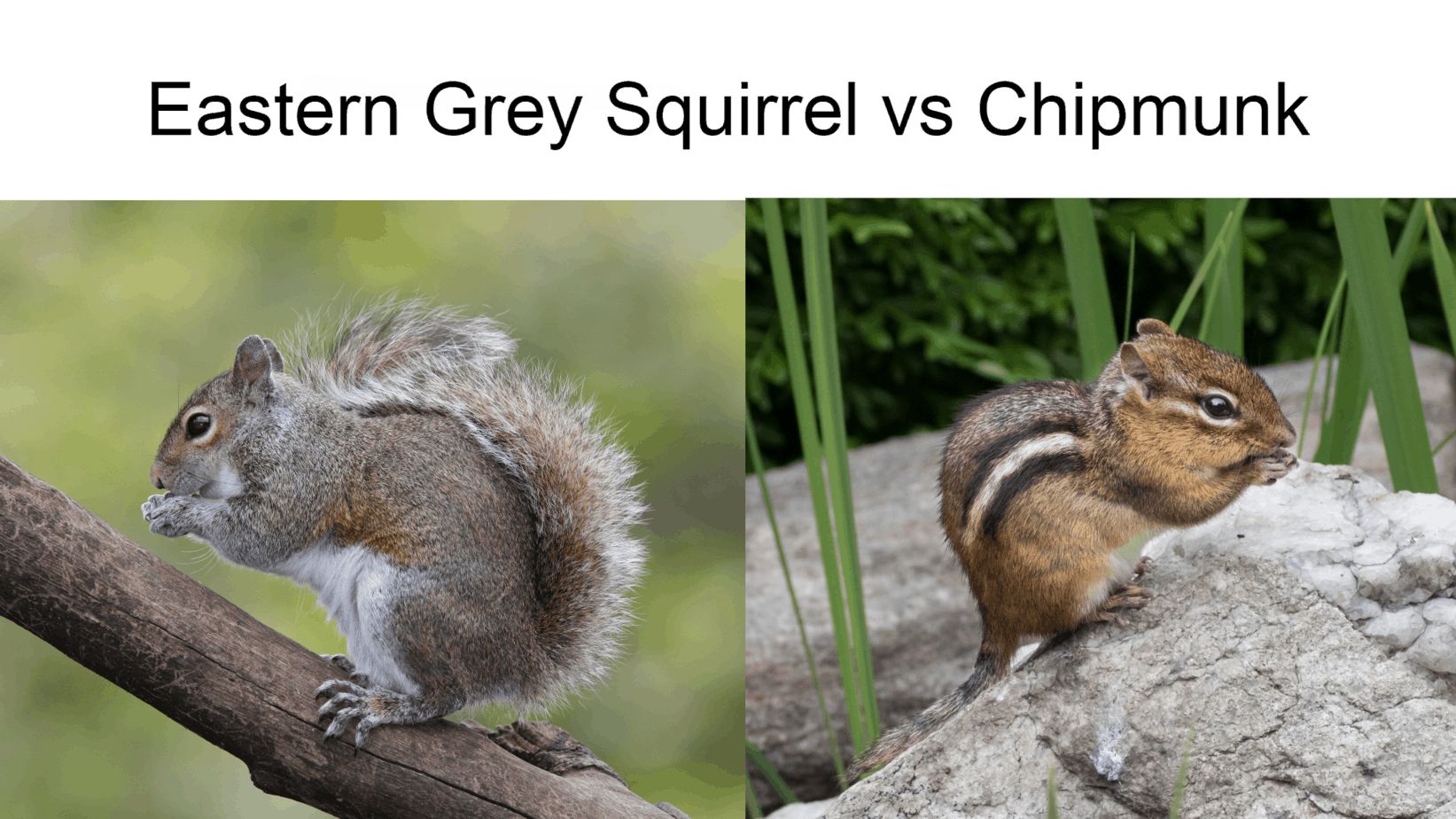
Difference between chipmunk and squirrel startfilo
Chipmunk - 7-10 inches, 1-5 ounces, brownish-gray, reddish-brown. Squirrel - 8-20 inches, 6 ounces -3 pounds, gray, brownish-grey. Chipmunks store food in their cheeks and take it back to their burrows. Squirrels are acrobatic climbers who rely on trees and branches.

What Is The Difference Between Chipmunks and Squirrels (13 Biological Differences & Ways of
The ground squirrel has body stripes like chipmunks, but no head stripes. A tree squirrel is larger, has a longer tail and no stripes. They all have short fur and small rounded ears. Chipmunks range from 6 to 12 inches (16 - 30 cm) in length. Ground squirrels range from 8 to 12 inches (25 - 30 cm) in length. Tree squirrels are 12 to 20 inches.

Difference between squirrel and chipmunk headmyte
Chipmunk vs. Squirrel Examples Example Sentences of Chipmunk. We spotted a chipmunk darting across the trail with its cheeks bulging, likely full of seeds to store for later.; Our picnic was cheerfully interrupted by a chipmunk, its striped back distinctive as it scurried under the bushes.; At the edge of our campsite, we observed a chipmunk swiftly climbing a small bush, agile despite its.
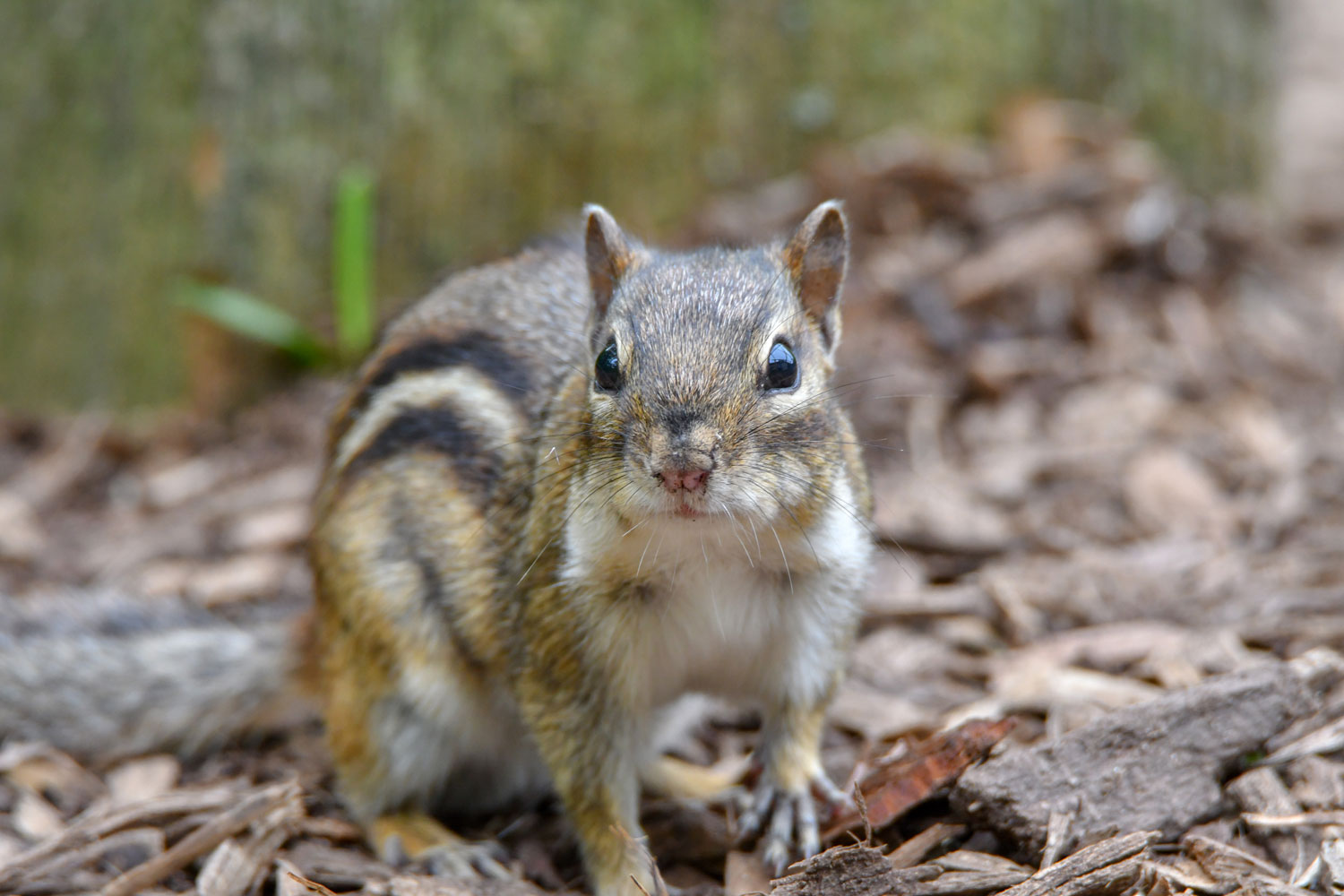
What's the Difference Chipmunk vs. Ground Squirrel Forest Preserve District of Will County
The overall height and length of the squirrel is larger than that of a chipmunk. Squirrels are, on average, about 15 inches long and 15 inches tall. Chipmunks are usually around 8 inches long and stand about 3 to 4 inches tall. 2. Body Shape. The body shapes of these two rodents are also different.

Chipmunk Vs Squirrel (10 Differences) Wildlife Informer
Chipmunk vs Squirrel. Chipmunks are smaller, have stripes on their backs, and are known for their distinctive chipmunk calls. Squirrels are also small but do not have distinct stripes, except for the ground squirrel, which has stripes but not on the head. Squirrels also hoard food and are known for their intelligence, while chipmunks are more.

Chipmunks vs. Squirrels How to Distinguish Them??? YouTube
Least Chipmunk. These are the smallest squirrels in the park. Their body ranges from less than seven inches to nine inches long (including the tail). The most apparent feature is the five stripes on the back and sides of their small bodies. Two of the stripes extend onto the head. Only the chipmunk as stripes on its face.

Ground Squirrel Vs. Chipmunk What Are The Differences?
Ground squirrels usually have a larger size and body mass compared to chipmunks. Chipmunks typically measure around 8 inches long, while squirrels can grow to be 12 inches long or more. Additionally, chipmunks have a more slender body and shorter limbs, while ground squirrels have a stockier build and longer limbs suitable for digging burrows.

Squirrels vs Chipmunks 3 Amazing Similarities and Differences Between the Two Cute Rodents
Chipmunk vs Squirrel: Size. Squirrels are larger than chipmunks. A squirrel's body measures from 9 to 12 inches in length. They have a tail that can tack on another 12 inches to their total length! Alternatively, a chipmunk's body is from 3 to 5 inches long. Its tail adds another 3 to 5 inches to its total length.

Chipmunk vs. Squirrel What's The Difference
In this video, we'll explore the differences between Chipmunks and Squirrels. Learn how to spot the difference and learn interesting facts about these specie.

Chipmunk vs. Squirrel What's The Difference
Chipmunks. These are generally smaller and lighter than squirrels. They range from 6 to 12 inches (16 - 30 cm) in length. The 'Least chipmunk' (Tamias minimus) can be 7.2 to 8.5 inches long and it may weigh as much as 1.1 to 1.8 ounces. The Eastern chipmunk can be 11 inches long and may weigh as much as 4.4 ounces.
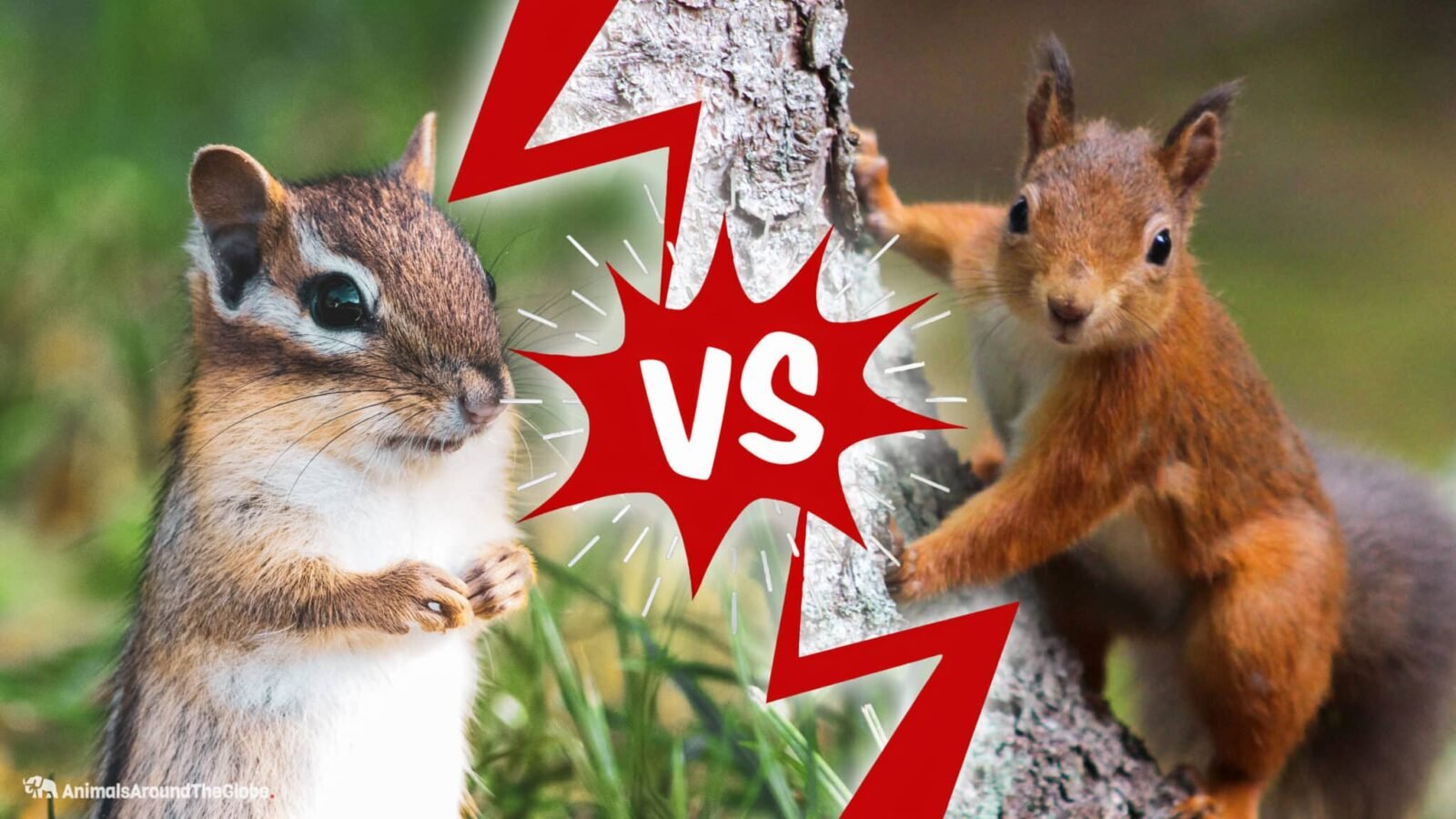
Chipmunk Vs. Squirrel The Great Debate
Chipmunks are part of the Tamias genus, while squirrels belong to the Sciurus genus. These small mammals are known for their agility, quick movements, and ability to climb trees. Importance of understanding the differences between them. Understanding the differences between chipmunks and squirrels is crucial for various reasons.
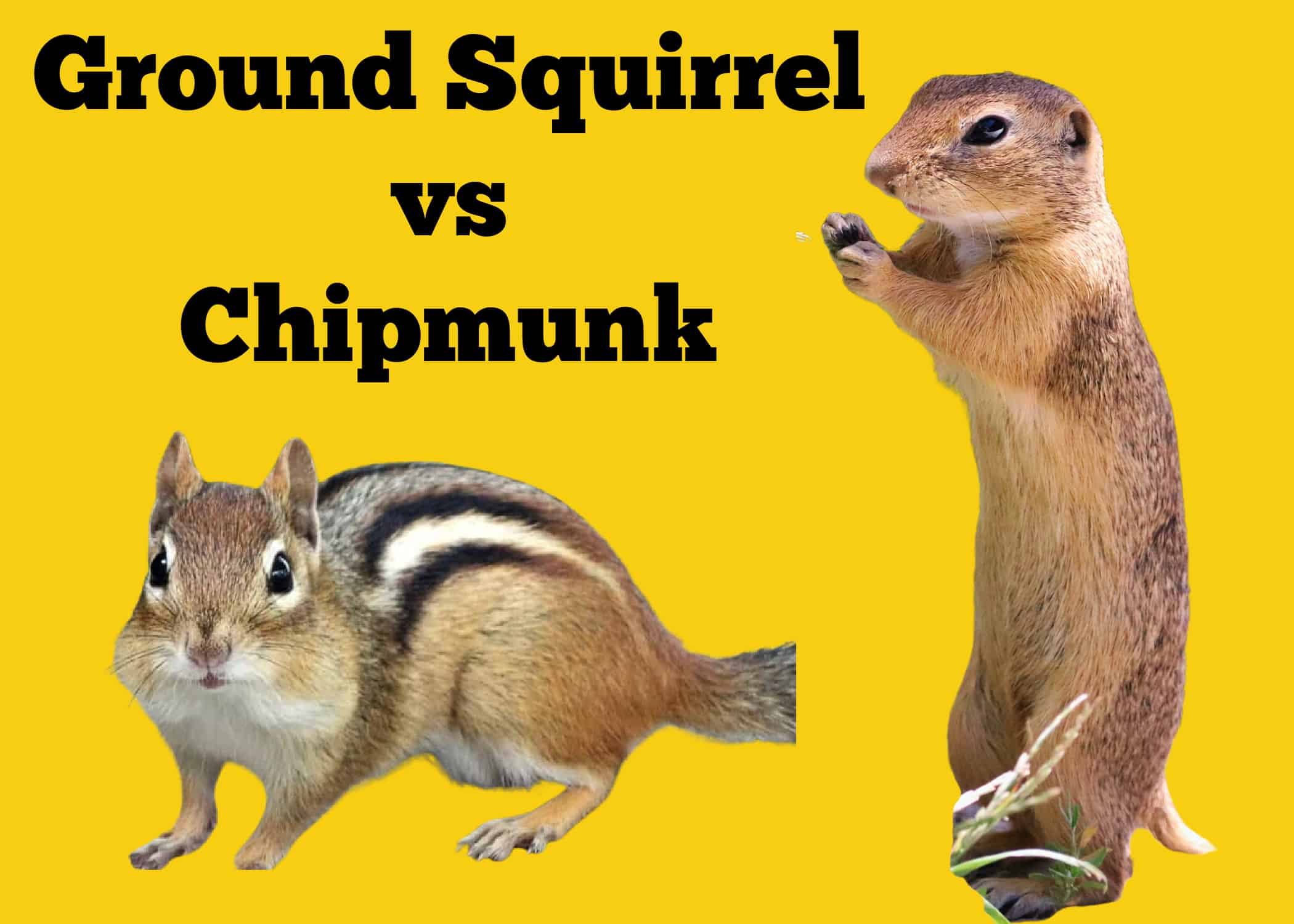
Chipmunks vs Squirrels Size, Stripes and Ears!
Appearance. Chipmunks and squirrels have distinct physical features. Chipmunks have noticeable stripes on their faces and bodies, while squirrels typically lack these markings. Additionally, chipmunks often have bushier tails in proportion to their body size, whereas squirrel tails are generally longer and fluffier.

Chipmunk vs squirrel pictures cartoontews
Still, they will eat insects and small animals when necessary. As for lifespan, chipmunks usually have a shorter life span than squirrels. The former can live between 2-5 years and up to 6-10 years in captivity. Squirrels can last 5-10 years. However, some species can live up to an impressive 20 years in captivity.

Difference between chipmunk and squirrel thelader
Chipmunks are small-bodied mammals characterized by their noticeable stripes, whereas tree squirrels are comparatively larger and lack these distinctive markings. Chipmunks and squirrels may have a superficial resemblance due to their small size, but their abilities help us distinguish between the two. Chipmunks are known for their remarkable.

Five ways to tell apart a chipmunk and a ground squirrel Dickinson County Conservation Board
Chipmunk vs ground squirrel: Location. Around 200 species of squirrels are present in numerous areas around the world - in fact, every continent except for Australia and Antarctica. However, there are almost 26 species of Chipmunks, out of which twenty-five are invariably found in North America. The one not native to North America is the.
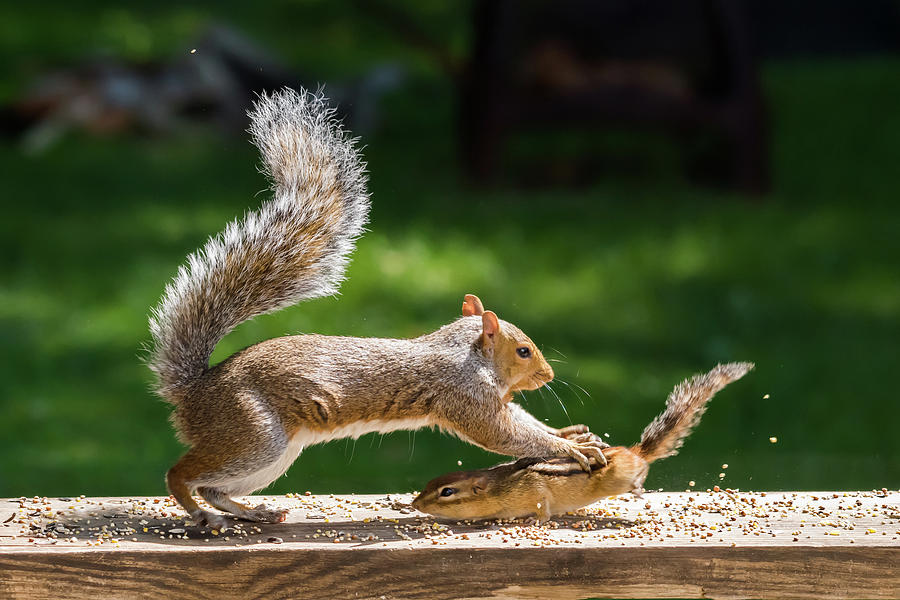
Food Fight Squirrel and Chipmunk Photograph by Terry DeLuco Pixels
Chipmunks eat primarily seeds, nuts and berries, while ground squirrels eat mainly seeds and plant material including agricultural plants like corn and wheat. Both occasionally eat insects and small animals. One key difference between the two is that only chipmunks store food for winter. They'll gather nuts and seeds to store in their burrows.